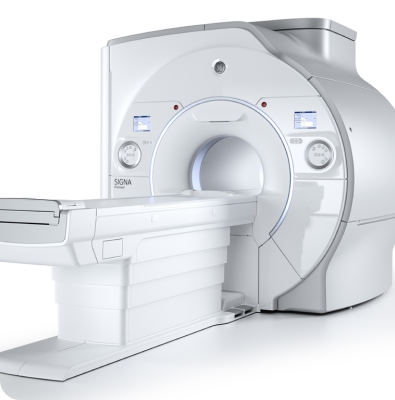Obesity, one of the most significant health challenges of our time, can lead to numerous life-threatening diseases if left untreated. Conditions such as cardiovascular disease, diabetes, joint disorders, liver and gallbladder problems, sleep apnea, hypertension, stroke, and cancers of the uterus, breast, prostate, and colon are often associated with excessive fat accumulation in the body — in other words, obesity.
What Are Obesity and Morbid Obesity?
The term “obesity” refers to being excessively overweight, while “morbid” describes a condition that leads to illness or disease. Morbid obesity, a condition whose prevalence is rapidly increasing worldwide, refers to severe obesity characterized by excessive fat accumulation accompanied by diseases that pose a serious risk to life.
What Are the Causes of Obesity?
Unhealthy eating habits, excessive calorie intake, and a sedentary lifestyle are the primary causes of obesity. However, the factors that trigger obesity are not fully understood. Genetic predisposition, neurological, physiological, environmental, biochemical, cultural, and psychological factors all play a role in the development of obesity.
What Health Problems Does Obesity Cause?
Obesity negatively affects multiple body systems — including endocrine, cardiovascular, respiratory, gastrointestinal, dermatological, genitourinary, and musculoskeletal systems — as well as psychosocial well-being, leading to numerous health problems and risks.
In particular, morbid obesity is associated with severe health conditions that can be life-threatening. The most significant of these is hypertension, which can lead to heart and kidney disease, stroke, and arterial blockages. Other common complications include high cholesterol and diabetes. Diabetes, which can cause kidney failure, vision loss, heart attacks, and limb loss, is 10 times more common among individuals with obesity. Obesity can also cause respiratory problems such as sleep apnea and hypoventilation syndrome. Other related health issues include acid reflux, urinary incontinence, degenerative arthritis, and ulcers. Studies have shown that obese men have a higher risk of developing cancers of the esophagus, prostate, and colon, while obese women are more likely to develop ovarian, breast, and uterine cancers.
How Is Obesity Diagnosed?
The diagnosis of obesity is generally based on the World Health Organization’s classification using the Body Mass Index (BMI). BMI is calculated by dividing body weight in kilograms by the square of height in meters (BMI = kg/m2). Adults with a BMI above 30 are classified as obese, and those above 25 are considered overweight. For children, BMI percentile curves adjusted for age and gender are used: children above the 90th percentile are classified as obese, and those above the 85th percentile as overweight.
What Are the Treatment Methods for Obesity?
The most effective way to combat obesity is prevention. Since childhood obesity often leads to obesity in adulthood, preventive measures should beg







